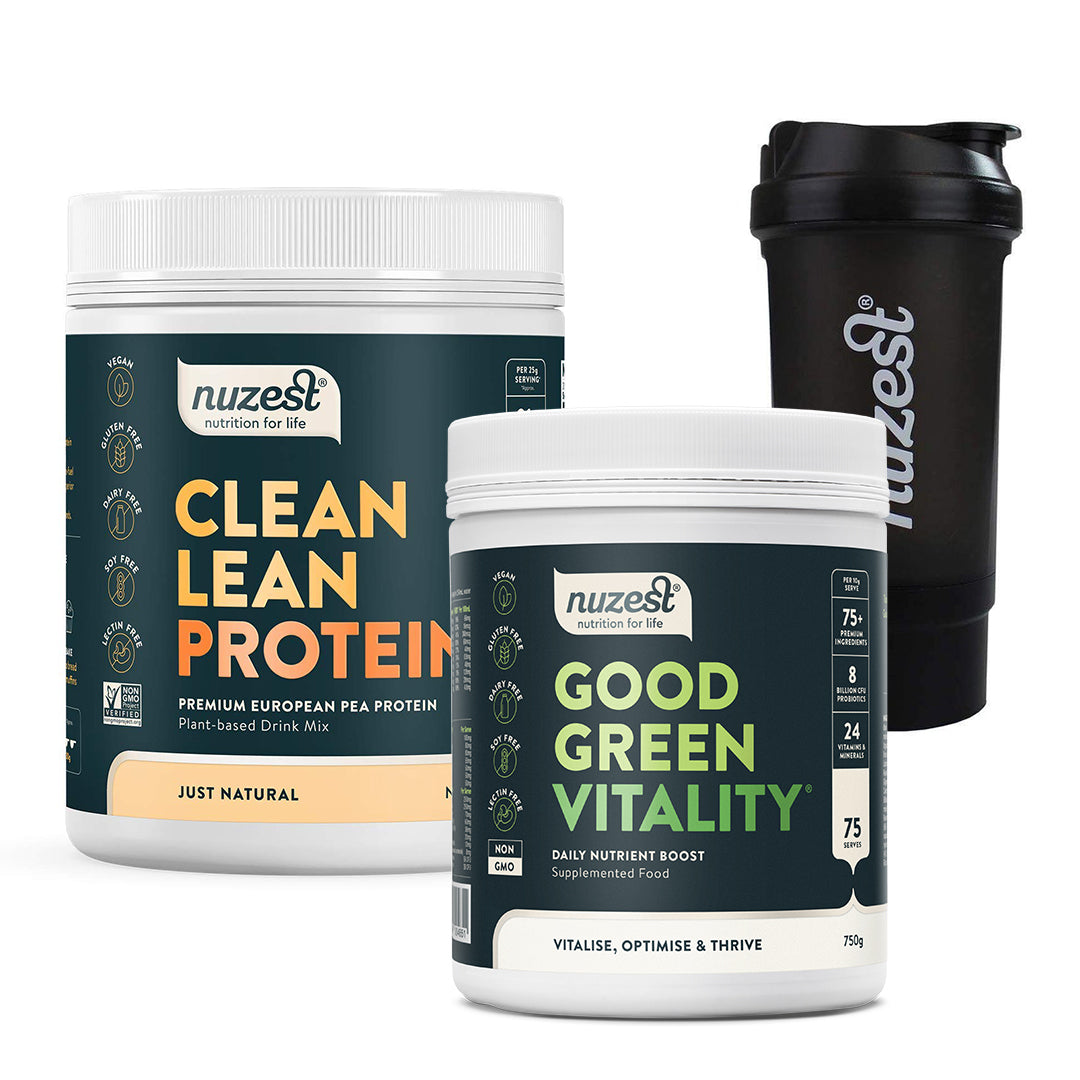The Importance of Protein in an Active Lifestyle

I think by this stage almost everyone knows that they 'need' protein, but in my lectures and workshops I still get questions like, "but won't protein make me bulky?", or, "won't eating too much protein give me big muscles?". And while most of us know that we do need to be eating 'enough' protein, less know how much 'enough' is and why it's important!
What is it?
Protein quite simply is the building block of most of the structures in the body. ‘Protein’ is the name given to groupings of amino acids. Protein is broken down to these amino acids which are then used to create enzymes, muscle tissue, bone matrix and many other structural components of the body. All cells require protein.
Quick Fact: Over 98% of ALL the cells in your body are replaced every year!
Why do we Need it?
It helps us to become and remain lean! Protein has a higher ‘thermic effect of feeding’ (TEF) rating than either carbohydrates or fat. This means that when a higher proportion of your diet is protein your metabolic rate (and consequently fat loss) is going to be higher.
Improved Lean Body Mass
An optimal protein intake will allow us to maintain a higher lean body mass. This helps to give us the lean, fit looking physique that many desire (but not ‘bulky’!) whilst also improving metabolic rate further and helping to decrease fat stores and maintain leanness.
Improved Alertness and Focus
Amino acids supply the raw material for the excitatory neurotransmitters such as epinephrine, nor-epinephrine and dopamine. When we do not have enough of these amino acids we are more likely to suffer mental fatigue and physical fatigue.
Bone Structure and Health
Protein provides the matrix for bone and connective tissue. Ample protein helps to provide the structure for healthy bones!
How Much do we Need?
The recommended daily intake (RDA) for protein is based on the activity level of sedentary individuals and is measured by looking at the amount of protein taken in and compared with the amount excreted. It is approximately 0.8 grams per kilo of bodyweight.
What the RDA Doesn’t Take into Account
RDA and DRI (Dietary Reference Intakes) are ‘necessary’ amounts for baseline health. In other words - survival. But the optimal amounts we need in order to thrive may be much different!
As long ago as 1975 Gontzea et al have shown that a level of 1.5grams per day per kilo of bodyweight were insufficient when exercise was undertaken and other studies have shown that Tour de France athletes were only able to maintain a positive nitrogen balance at an intake of 1.8g per kilo per day.
Levels up to 3g per kg bodyweight per day (over 3 x the RDA) have been demonstrated to increase lean body mass, reduce fat mass and improve performance.
Most people will do well to get at least the RDA level with additional protein if and when able but overall quantity should be less important though, than eating good quality protein consistently.
The key ‘take home’ point is to eat quality protein at every meal.
Examples of Good Clean Green Plant Based Sources Would be
- Sprouted lentils, chick peas or mung beans
- Nuts or seeds (almonds, Brazil nuts, pumpkin seeds)
- Tempeh or other fermented protein foods.
- One 25g serve of Clean Lean Protein provides 22g of high quality protein.





